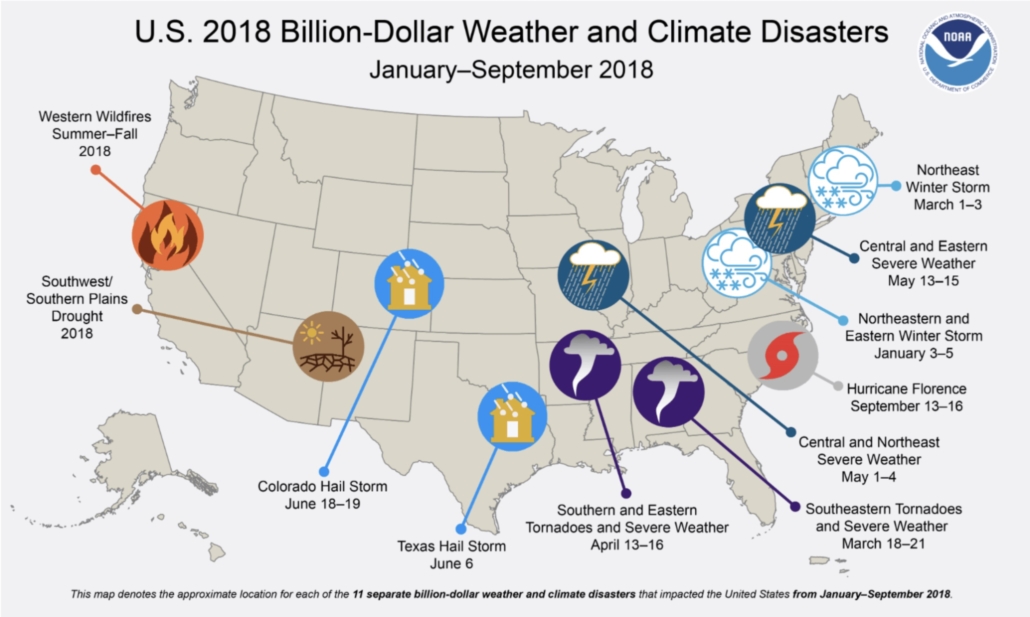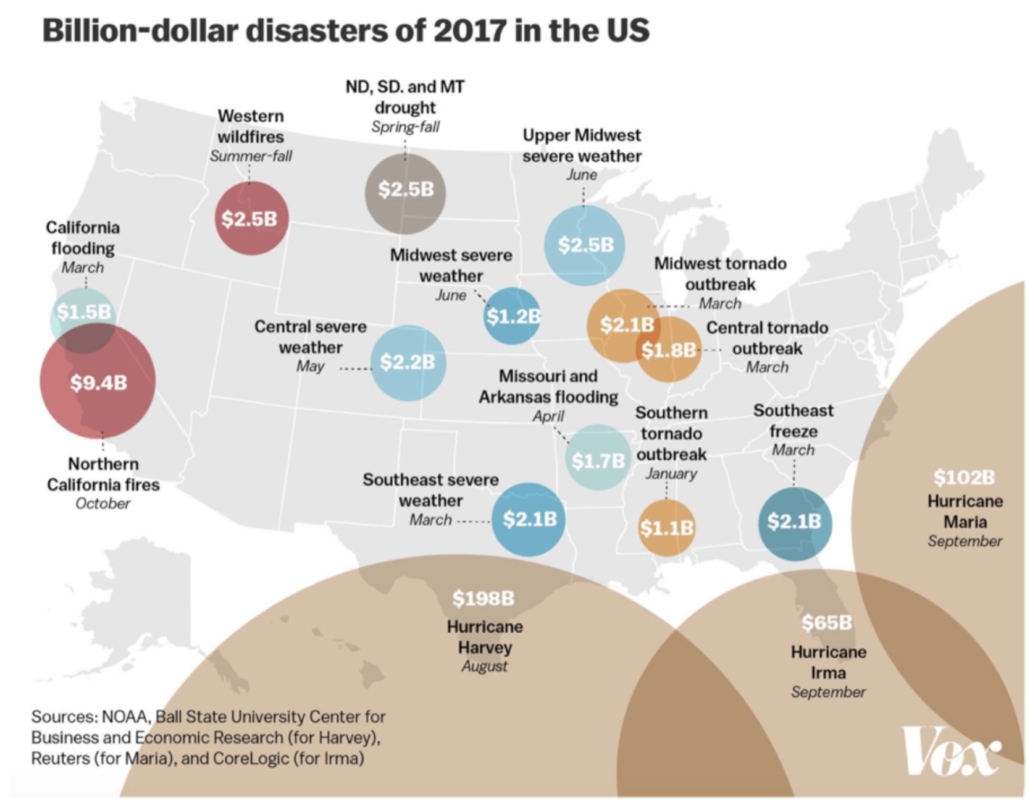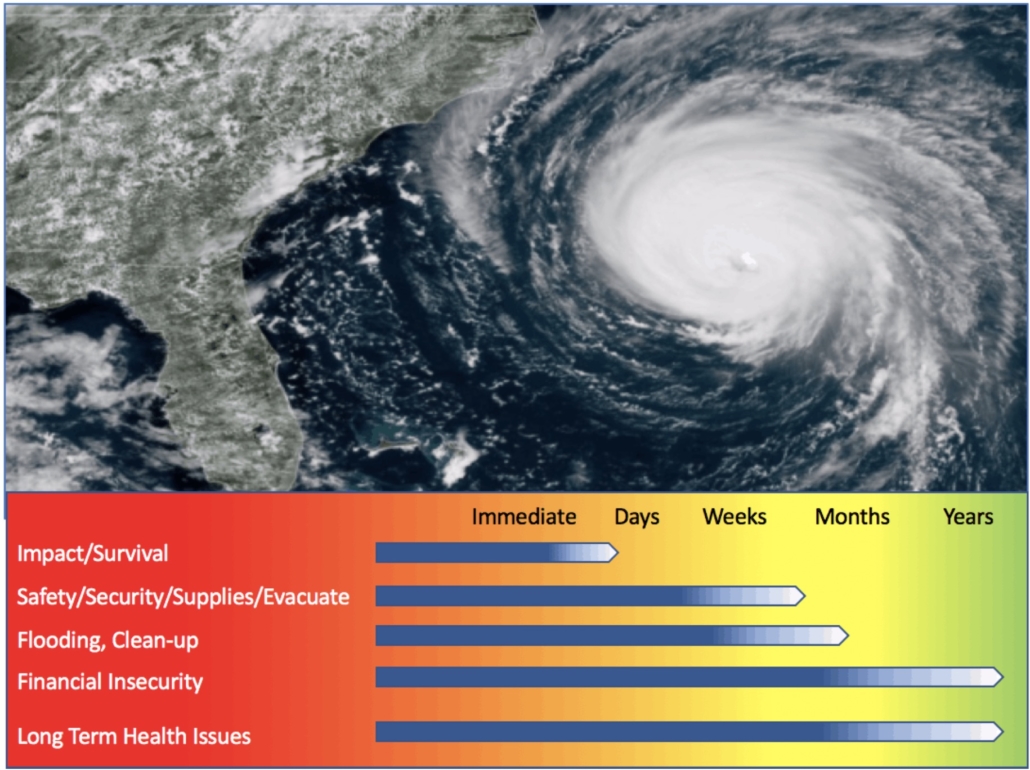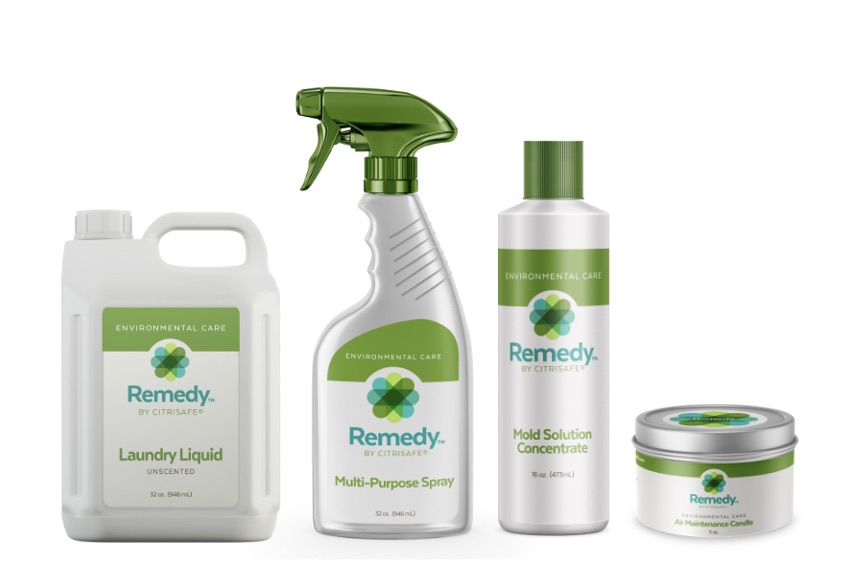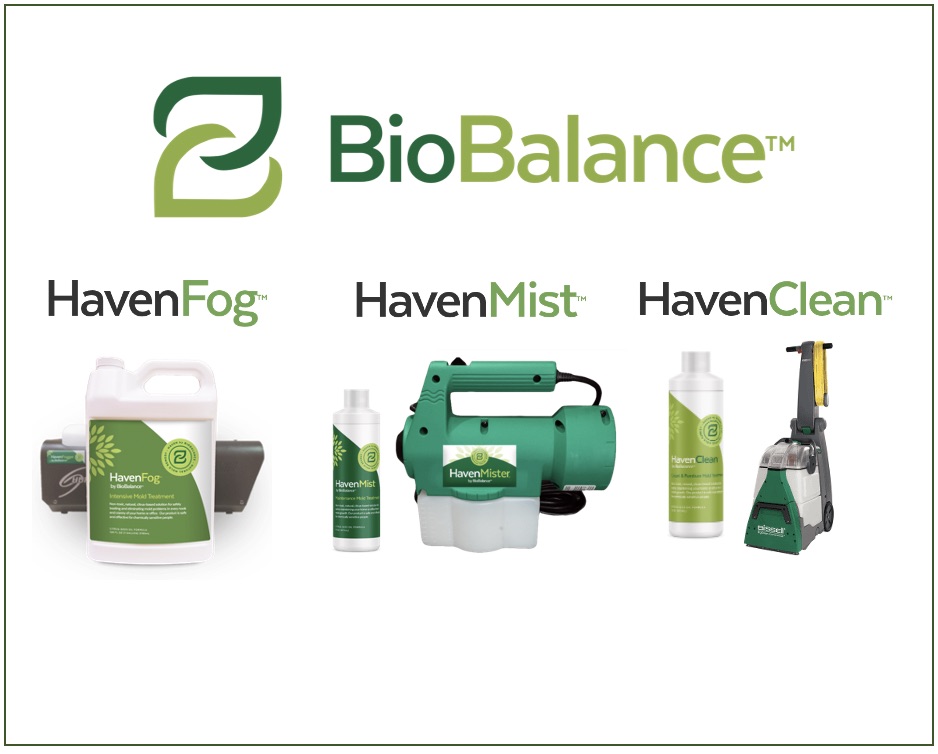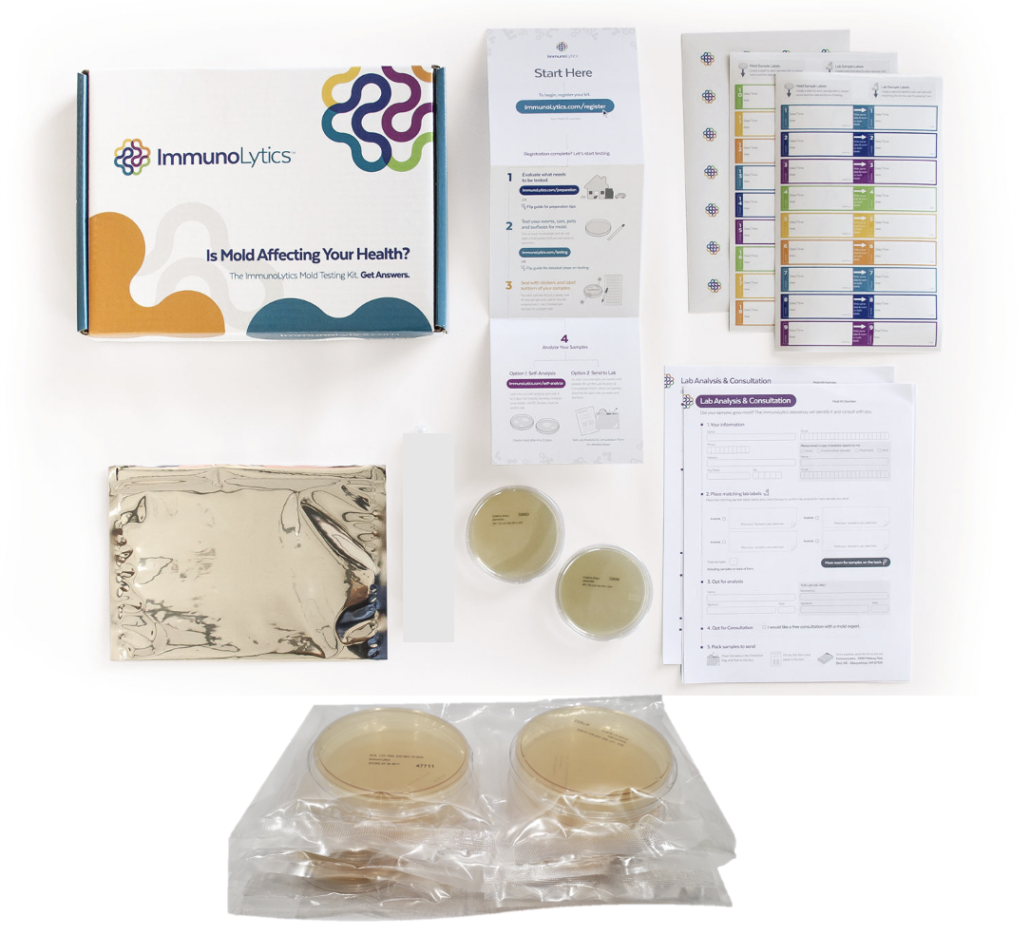Multiple Chemical Sensitivity

By Cesar Collado
Many people experience debilitating headaches when exposed to everyday chemicals in their environments.
A common question asked to me regards Multiple Chemical Sensitivity. In fact, I received the following request from an individual who read one of my articles:
“Thank you, Cesar, for being our advocate. Your article is once again, incredibly timely as my in-laws just told me three days ago that everything my husband and I are going through (pertaining to my mold-related illness) is MY FAULT. They proceeded to tell me that my husband needs a ‘normal wife’ and a ‘normal life’ It was incredibly painful to hear. Reading your article was validating for me and much appreciated. I noticed however, that you didn’tt write anything about chemical sensitivity and how/why it is associated with mold.”
Thanks, D. 🙂
What is Multiple Chemical Sensitivity (“MCS”)
Our bodies are designed to process moderate amounts of foreign antigens and toxins from our environment. Normally, chemical toxin exposure occurs slowly with low levels over a long period of time. Chemicals can reach the blood system via inhalation, ingestion, or through the skin. Most encounters are subtle or quick like entering a freshly painted room and exiting or eating an unwashed fruit or vegetable. Our metabolism can address these levels. However, when exposure is long or extreme, we cannot metabolize the chemicals fast enough and they are stored in fat and tissues in a queue to be metabolized.
More often, we hear about chemical exposure when we read about pesticides, plastics, pollution, gases, or some type of “spill” resulting in an environmental concern. Symptoms from chemical exposure can be severe or mild.
These include:

Toxic Load
Direct exposure to toxic chemicals can result in any combination of these symptoms as well. When serious exposure occurs, a person can reach their toxic load. It is when this occurs that the person becomes ultrasensitive to chemical exposure. However, when chemical exposure occurs slowly over time, the same result occurs. The body reaches its toxic load and they too can become ultra-sensitive to chemicals in the environment.
Mold Exposure and Toxic Load

While molds itself is not a chemical, they actually produces secondary metabolites that are chemicals. Many of these “chemicals” can accumulate in various tissues in the body, including sinus tissues. Some mold species produce Volatile Organic Compounds (VOC’s) that are potent mycotoxins that can cause severe illness and acute toxicity. When a person receives an extreme exposure to mold, they can reach their toxic load immediately. As a result, mold sufferers can experience the symptoms of MCS from then on. The impact of even the smallest of exposures can be dramatic. People can get headaches, feel sick, or have a sense of panic. I don’t think I am capable of describing the discomfort and misery described to me by mold patients with chemical sensitivity. Because chemicals are everywhere, there is a feeling of hopelessness in addition to panic and misery.
Sensitivity can diminish when the person properly detoxes under a physician’s supervision with nutrition, diet, and treatment. However, sensitivity can remain throughout their lives. In addition, many common indoor molds produce mycotoxins. Mycotoxins can be chemicals substances or gases. They can become airborne or become cast aways by attaching dust that often becomes airborne. Ironically, when home contents are very dusty, dusting can the cause for the dust particles becoming airborne, making the probability of exposure much more likely. Regular dusting is important to maintaining a mold freeenvironment. Wear a mask while dusting if significant dust accumulates. Using duster that attracts dust or a HEPA vacuum in these instances.
Mold and mycotoxins do not die and simply go away when not cleaned or removed. Mold can become dormant and mycotoxins can dry over time and break. These fragments of the toxins can be just as harmful as the entire molecule. Mycotoxin poisoning is much more severe than simple mold exposure. A common misbelief is that mold sufferers might not be exposed to mycotoxins. However, this is unlikely because common indoor molds include mycotoxin producing molds such as aspergillus, penicillium, and stachybotrys. These molds seem to flourish in water damaged homes, because the gypsum/paper drywall that is used absorbs water and mycotoxins are consistently found in these situations when tested.
Chemicals Everywhere!
There are over 80,000 chemicals that are cataloged as known by the EPA.

Hundred are considered dangerous.. We are exposed to any number chemicals in our indoor environments every day. The EPA reviews only a small fraction of the compounds currently used in production. It would take centuries for the EPA to review all chemicals at the current rate of 20 per year.1. To date, the EPA has been successful in banning only 5 substances, and only with specific applications.
The 5 Banned Chemicals are:
Asbestos, Chlorofluorocarbons, polychlorinated biphenyls (“PCBs”), dioxin, and hexavent chromium.
In the US EPA, Chemicals are “innocent until proven guilty.” Under the law, the EPA cannot request testing of chemicals without having evidence a risk is likely.
However, any household furnishings are treated with flame retardants. This includes curtains, rugs, furniture, ect. They off gas these chemicals over time. Building materials made of manufactured wood are made using formaldehyde, a cancer-causing agent. Personal care products can contain chemicals. For example, there are over 1,000 chemicals banned in Europe that are used in cosmetics in the US. Pesticides are used in agricultural products we eat. Household cleaning agents contain harmful chemicals. Fragrances in air fresheners, fabric softeners, and household cleaners contain chemicals. These are just a few examples.
Industrial chemicals and solvents are used in many manufacturing processes of many goods and services we use. It is important to note that the industries that use and sell products that use chemicals that may not be safe have extensive lobbying efforts and promote the safety of these chemicals.
For example, The AmericanChemical Society FAQ section of their formaldehyde fact sheet states: “People actually produce and exhale formaldehyde themselves. If a person is exposed to external sources of formaldehyde, the body breaks it down rapidly. Formaldehyde is one of the most-well studied substances and we know a lot about how to use it safely. The general effects of formaldehyde on the human body are well-known. According to the large body of research available, the levels of formaldehyde to which the public is exposed are not high enough to cause adverse health effects.”
Here is an absurd promotional piece from chemical companies lobbying efforts.

Multiple Chemical Sensitivity with Traditional Medicine
MCS, also referred to as idiopathic environmental intolerances (IEI),is a valid diagnosis. Its classification as a standalone disease makes the diagnosis elusive. Its validity has been met with some controversy. It is referred to as more of a “syndrome” because the symptoms are chronic and vague with no known cause. There is little literature that addresses possible causes. However, the Gulf War, 9-11, and the BP Oil Spill provided huge amounts of data from victims collocated in areas providing evidence that a toxic exposure to chemicals can result in MCS.
When there is a water damaged home, mycotoxins from aspergillus and Penicillium are commonly present in the home. These secondary metabolites are chemical toxins that can have severe impact on several of the body’s organ systems and the brain. “What Happens When Toxins Get to Your Brain” provides detailed information on the topic.
Common practice for many medical physician specialties is to punt the issue to psychiatry. This is because of the symptoms overlap with depression and anxiety disorders. When treated as the central diagnosis, it is often met with a multi-disciplinary approach involving multiple physician specialties to explore all of the potential causes. Because of the inability to conclusively diagnose the disease, it often leads to exploration of psychiatric illness or psychosomatic symptoms.. Environmental physicians have theories that MCS is a result of abnormalities in the NMDA pathways. Nmethyl-D-aspartate-receptors (NMDARs) are ionotropic glutamate receptors that function in synaptic transmission, plasticity andcognition. Malfunction of NMDARs has been implicated in a variety of nervous system disorders. Hypersensitive to monosodium glutamate and glutamate. This may explain why such a diverse number of chemicals can elicit the same biological responses. Because NMDA is important in synaptic plasticity (increases and decreases in activity) and memory. These theories sometimes lead to trying to use psychiatric or neurological pharmaceutical solutions.
Treatment for MCS should still center on reducing the toxic  burden on the body vs. symptomatic relief through a trial and error effort with antidepressants and anti-convulsive medicines. The body has to metabolize and excrete chemicals itself. Because MCS is often triggered by the olfactory nerve, patients can suffer a form of PTSD. A whiff of something can trigger a full involuntary physical response. This is a complicated issue that is often treaded by addressing the limbic system of the brain can be successfully utilized to reduce symptoms. It has proven efficacious for many patients to rewire the way their brains process the sensory information to alleviate the symptoms and physical reactions. More research is definitely needed, but limbic system retraining is a promising treatment thus far.
burden on the body vs. symptomatic relief through a trial and error effort with antidepressants and anti-convulsive medicines. The body has to metabolize and excrete chemicals itself. Because MCS is often triggered by the olfactory nerve, patients can suffer a form of PTSD. A whiff of something can trigger a full involuntary physical response. This is a complicated issue that is often treaded by addressing the limbic system of the brain can be successfully utilized to reduce symptoms. It has proven efficacious for many patients to rewire the way their brains process the sensory information to alleviate the symptoms and physical reactions. More research is definitely needed, but limbic system retraining is a promising treatment thus far.
Mold Sickness and MCS as a Symptom
Mold and mycotoxins can impact or even shut down detoxification pathways. As a result, mold sufferers can become chemically sensitive. Chemical Sensitivity is a very real symptom of mold sickness. I have heard from countless patients about the impact chemical exposure has on their wellbeing. Just a whiff of perfume, chemical fragrances, fresh paint, or new carpet off-gassing can debilitate a mold sufferer very quickly. Leaving the area is usually the only solution. Chemical off-gassing does occur over time and the chemicals in the air diminish as ventilation will slowly remove air contaminants.
Other medical issues can make matters worse. Heavy Metal poisoning, Lyme disease, and other coinfections can be exacerbated by mold. MCS can become paralyzing with these patients.
What Can You Do?
When a person in the household is suffering from mold exposure, there are certain steps that should be taken as a precaution for all symptoms, including MCS. First and foremost, address the mold issue ASAP. Mold reproduces quickly and aerosolized spores are very common air pollutants. Getting the person out of the moldy environment, even temporarily can provide significant relief.
Making every effort to make and keep your home safe from chemicals is essential. Many chemicals arestored and used in our homes. Eliminating the utilization of products containing chemical pollutants and monitoring the storage of essential items can make a large difference. It is also important to note that service provider’s products should be monitored to ensure your home is not saturated with chemicals.
Common Cleaning Products That Cause Problems for MCS Sufferers:
- Many laundry detergents containing cationic, anionic, or non- ionic solutions;
- Fabric softeners have chemical fragrances and cellulose that also serves as “mold food.” Then, contaminated clothing stays with you throughout the day;
- Household cleaners containing ammonia, sodium hypochlorite (bleach), ethylene glycol, monobutyl acetate;
- Toilet bowl cleaners containing sodium bisulfate, 5-dimethyldantoin, hydrochloric acid, & phenol;
- Mold and mildew cleaners containing chlorine and alkyl ammonium chlorides;
- Drain cleaners containing lye and sulfuric acid;
- Dishwashing detergents containing cationic, anionic, or non- ionic solutions plus phosphates;
- Antibacterial cleaners containing ammonia, bleach, cresol, phenol, lye, triclosan, and pine oil; Window and glass cleaners containing ammonia or isopropanol;
Specialty Cleaning Products:
- Rug, carpet, and upholstery cleaners containing perchloroethylene, & naphthalene;
- Furniture polish containing ammonia, naphtha, nitrobenzene, petroleum distillates, and phenol;
- Oven cleaners containing Lye;
- Car air fresheners and fragrances.
- Air Fresheners and fragrances:
- Air fresheners containing formaldehyde, petroleum distillates, p-dichlorobenzene, aerosol propellants;
- Freshener sprays that are used to mask bacterial or mold musty smells.
- Chemicals Commonly Stored but that should be monitored for tight containment:
- Paints and solvents;
- Antifreeze;
- Motor oil;
- Batteries;
- Windshield washer fluid;
- Lubricants;
- Glues/adhesives;
- Pesticides (Chemical pesticides should never be used indoors);
- Fertilizers.
Foods purchased:
- Produce treated with Pesticides should be washed or organic should be consumed. Organic produce must also be washed and treated as well. They are often sources of contamination from bacteria like ecoli from the soil and natural fertilizers.
- Personal hygiene products and cosmetics. As the body detoxifies and the toxic burden is lowered, because the mold is no longer causing chronic inflammation and toxicity, tolerance of these chemicals can improve over time. The body’s metabolism will begin to free up and expel the toxic build-up and will process minor exposures more efficiently. Avoiding direct exposure as many chemicals as possible will go a long way to avoiding unnecessary reactions or symptoms.
There are a variety of home cleaning solutions that can be readily made using natural products
- https://hybridrastamama.com/recipes/?fwp_recipes=non-toxic-cleaning or
- https://wellnessmama.com/6244/natural-cleaning/are good places to start.
Prevent Mold from Becoming a Problem in the First Place:
- Keep humidity between 40-50% to avoid moisture levels conducive to mold growth;
- Use a HEPA Air Purifier to maintain low levels of harmful pollutants in the air;
- Regular fogging or spraying BioBalance Haven Mist will help keep the fungal count in the air lower;
- Remedy Air Mainenance Candles can eliminate mold and mycotoxins in the immediate air where you spend your time. You can use Agrumax Dietary Supplement beyond nasal rinsing.
- Maintain mold free bed linens, clothing, and towels with Remedy Laundry Liquid.
- Clean Carpets or upholstery with Haven Clean.
- Scialla , Mark. It could take centuries for EPA to test all the unregulated chemicals under a new landmark bill. PBS Newshour/Science. June 22, 2016
© 2020, Cesar Collado, All Rights Reserved
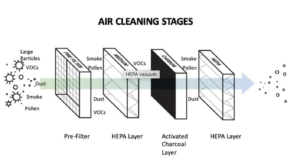
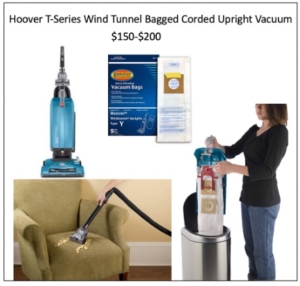

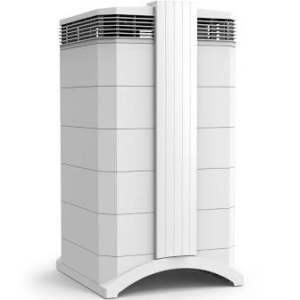
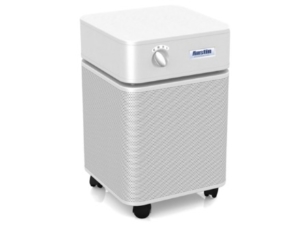
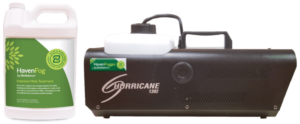
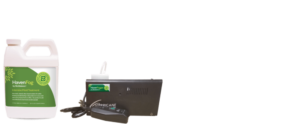
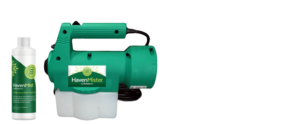
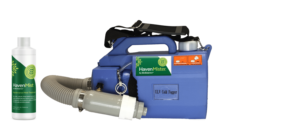

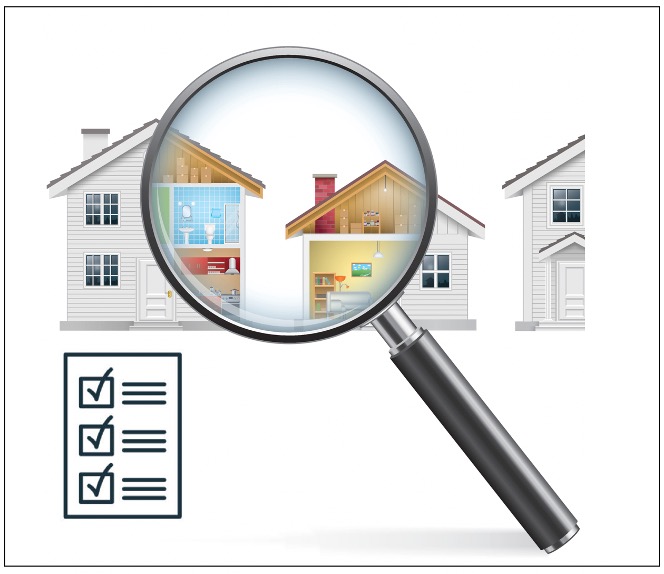
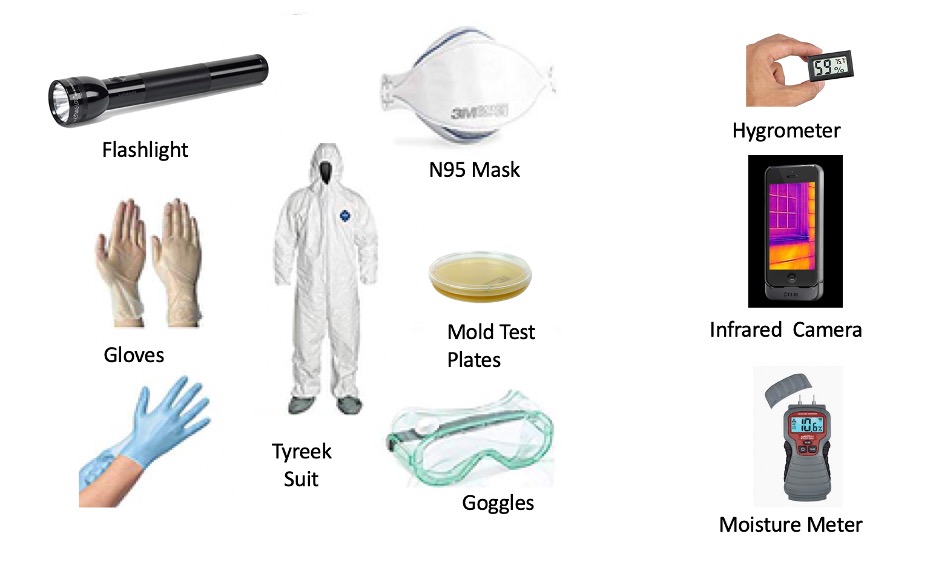
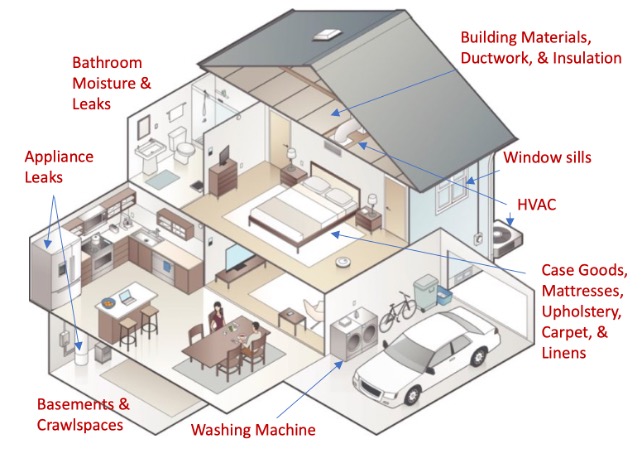
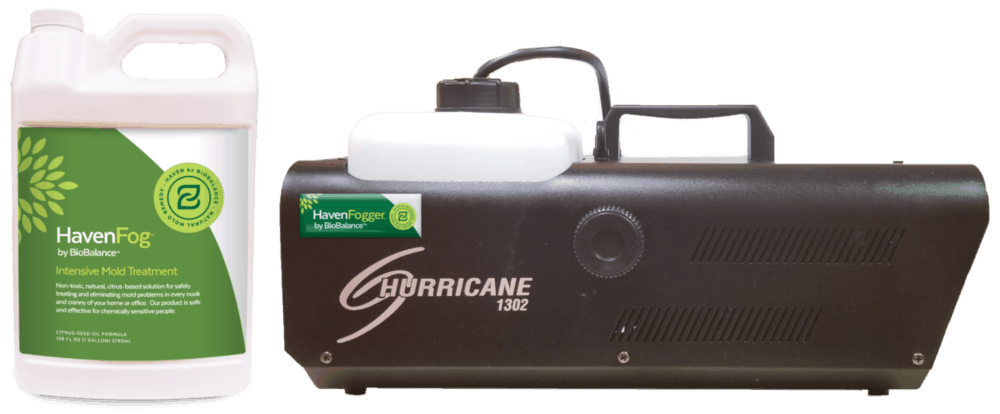
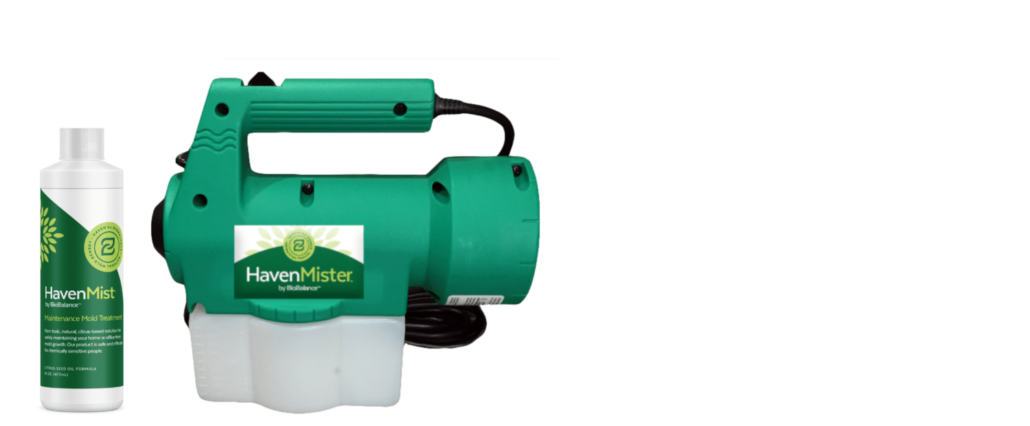
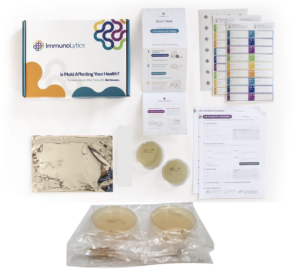





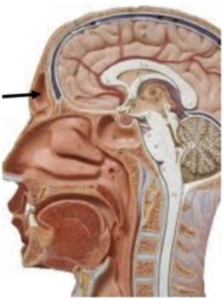 Since the majority of mold is inhaled, the largest concentration of mycotoxins exists in the sinus mucosal tissue. Currently, there are no diagnostics to test for mycotoxins in the sinuses. Because the sinuses reside adjacent to the cerebral spinal fluid around the brain, direct exposure to the brain can cause significant neurological symptoms without being detected in a urine test for mycotoxins. I know of few cases where ENTs have removed damaged tissue from the sinuses during surgery and have tested that tissue for mycotoxins after the procedure (similar to a cancer biopsy). This is NOT the norm for most ENTs I have encountered, though. In fact, I only know of one who has embraced this practice. Most ENTs refer patients with neurological symptoms to a neurologist.
Since the majority of mold is inhaled, the largest concentration of mycotoxins exists in the sinus mucosal tissue. Currently, there are no diagnostics to test for mycotoxins in the sinuses. Because the sinuses reside adjacent to the cerebral spinal fluid around the brain, direct exposure to the brain can cause significant neurological symptoms without being detected in a urine test for mycotoxins. I know of few cases where ENTs have removed damaged tissue from the sinuses during surgery and have tested that tissue for mycotoxins after the procedure (similar to a cancer biopsy). This is NOT the norm for most ENTs I have encountered, though. In fact, I only know of one who has embraced this practice. Most ENTs refer patients with neurological symptoms to a neurologist.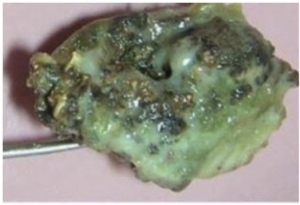 It is a significant challenge to even find ENTs who treat fungal sinusitis other than surgical removal of “fungal balls.” I receive numerous accounts of patients seeing ENTs for mold without success or frustrated with the outcome. It is also rare for an ENT or any specific specialist to treat the body in an integrative manner. This is no fault of theirs as the specialty that they are licensed to practice is very focused. The burden to find such doctors falls on the patients.
It is a significant challenge to even find ENTs who treat fungal sinusitis other than surgical removal of “fungal balls.” I receive numerous accounts of patients seeing ENTs for mold without success or frustrated with the outcome. It is also rare for an ENT or any specific specialist to treat the body in an integrative manner. This is no fault of theirs as the specialty that they are licensed to practice is very focused. The burden to find such doctors falls on the patients.
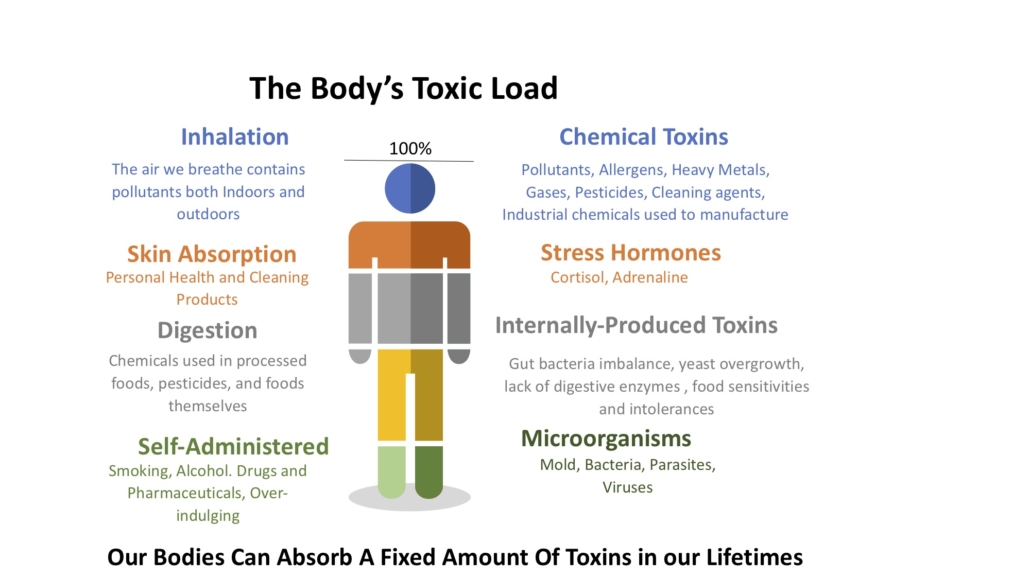
 When exposed to toxins, our livers and kidneys are somewhat effective in metabolizing them and removing them via the digestive and perspiration systems. However, if the amount of toxins exceeds the body’s ability to rid itself from them, they can be stored in fat and tissues. This is particularly important for those of us that carry little or significant excess fat. When we lose weight, these toxins are released into our bodies where they will continue to be circulated, absorbed, metabolized and excreted. In the event toxins reach organs or even the brain by penetrating the blood brain barrier, devastating disorders, including neurological and cognitive problems can result.
When exposed to toxins, our livers and kidneys are somewhat effective in metabolizing them and removing them via the digestive and perspiration systems. However, if the amount of toxins exceeds the body’s ability to rid itself from them, they can be stored in fat and tissues. This is particularly important for those of us that carry little or significant excess fat. When we lose weight, these toxins are released into our bodies where they will continue to be circulated, absorbed, metabolized and excreted. In the event toxins reach organs or even the brain by penetrating the blood brain barrier, devastating disorders, including neurological and cognitive problems can result.






